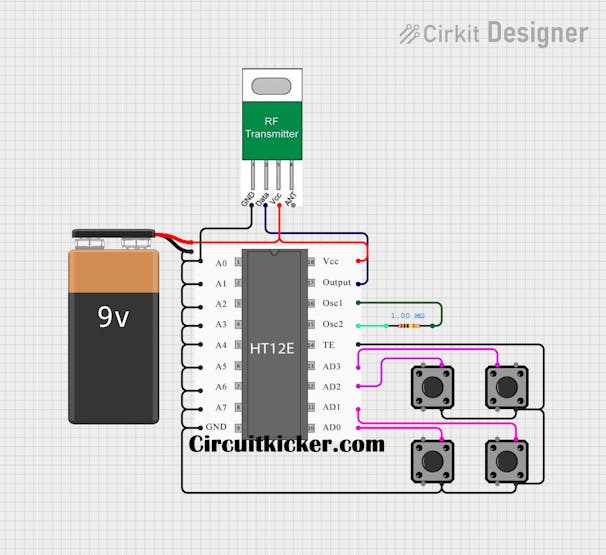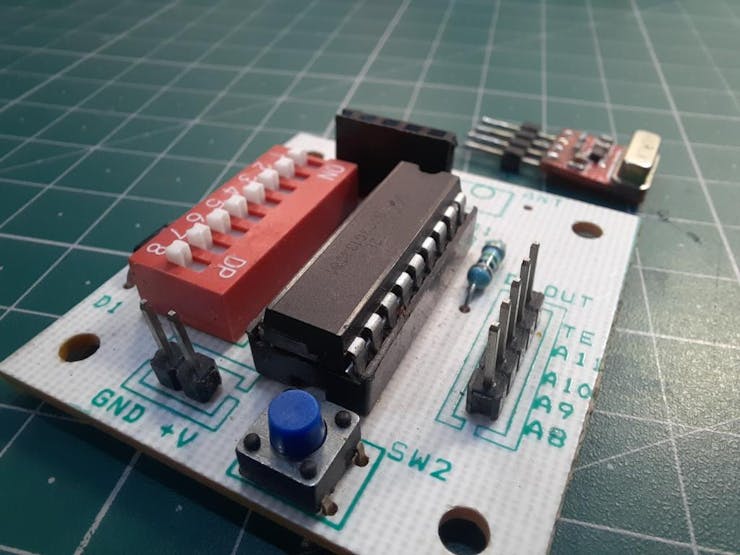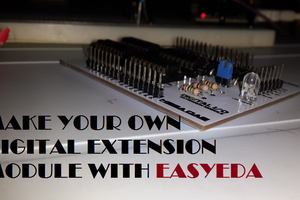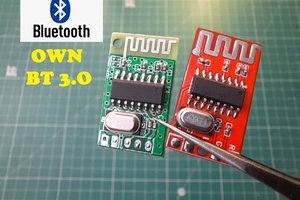Hello guys, today we are going to setup our 433Mhz transmitter and receiver modules with their supporting cards. We are using cheap 433mhz modules and we are not using any microcontroller with this. The dedicated encoder and decoder IC’s can do the job perfectly.
433MHZ modules:
Cheapest RF (Radio frequency) modules available in market and these are available easily on eBay, amazon. For 433MHz we need about 17.3 cm antenna for proper communication, The range is up to 100meters. Which make sense to use these modules inside homes as remote-control devices for lights, fans, tv and toys like cars.
The two types of modules are available but the Red colored one is working fine in all the applications, Also this one has a crystal oscillator which communicate directly with receiver. The second(green one) module has a coil and capacitor rasonator circuit, which I will not recommend to use in high end applications.
Wire Diagrams:
About Cirkit Designer Software:
Here is our new schematics designer tool “Cirkit Designer” which is totally free to all and is the most comprehensive breadboard layout tool.
Accordingly, I think Cirkit Designer is the best software to make breadboard schematics presentations. It also gives you the ability to view the circuit net diagram and BOM (bill of materials). This is very helpful for presenting yourself well as an electronics student or hobbyist, and the bill of materials helps to estimate project cost and procure parts.
Cirkit Designer is a one-stop-shop desktop application for designing and documenting circuits and electronics projects. With Cirkit Designer, you can lay out realistic circuit diagrams that are linked to a bill-of-materials so that you can seamlessly order the parts to your circuit.
Download cirkit designer from Here
In the next release, Cirkit Designer is adding a code IDE with full support for compiling and programming Arduino boards, as well as a library of reference circuit designs (circuit templates including documentation, components and wiring, and code). Cirkit Designer will become the one-stop-shop to help you progress from concept to fully working breadboard prototypes. Simulation will also be added in the future, so that you can test your circuit before buying parts and building anything.
Components required:
- HT12D ic
- HT12E ic
- RF 433 transmitter and receiver module
- battery (5v- recomanded)
- 1Mohm and 47K resistor
- LED's (different colors)
- Tactile switches
- Custom PCB
- Wires and breadboard
Schematics:
Receiver-

Transmitter
Circuit description:
Transmitter section- Here in diagram, We are using HT12E is used to encode the data from the button pins and then sent to receiver part by 433mhz module. So, for oscillations we are connecting 1Mohm resistance as mentioned in the datasheet of the IC. Also there is one big DIP switch, which helps to select 8 different channels. Simply meaning that we can run 8(transmitters and receivers) at one place without interference. So that’s a very good and helpful update here. We can attach four tactile buttons or something like PWM signal to the input terminals for the data to get transmit. We have to give an active low signal for triggering.
Specifications of 433MHz RF Transmitter Module: –
- · Max range with the antenna in normal Conditions: 100 Meters
- · RX Receiver Frequency: 433 MHz
- · RX Typical Sensitivity: 105 dB
- · RX Supply Current: 3.5 mA
- · RX IF Frequency: 1MHz
- · RX Operating Voltage: 5V
- · TX Frequency Range: 433.92 MHz
- · TX Supply Voltage: 3V ~ 6V
- · TX Output Power: 4 ~ 12 dB
Receiver section- contains an 8-pin big module and here we are using HT12D, decoder IC. The transmitted data is received by module and then decoded by HT12D decoder. Here for oscillations we are using a 47k resistance and both the modules are supplied using 5v. We get the data in the format of active low signal. The amplitude of received data is...
Read more » Sagar 001
Sagar 001






 ElectronicABC
ElectronicABC
 DIY GUY Chris
DIY GUY Chris
 ElectroBoy
ElectroBoy